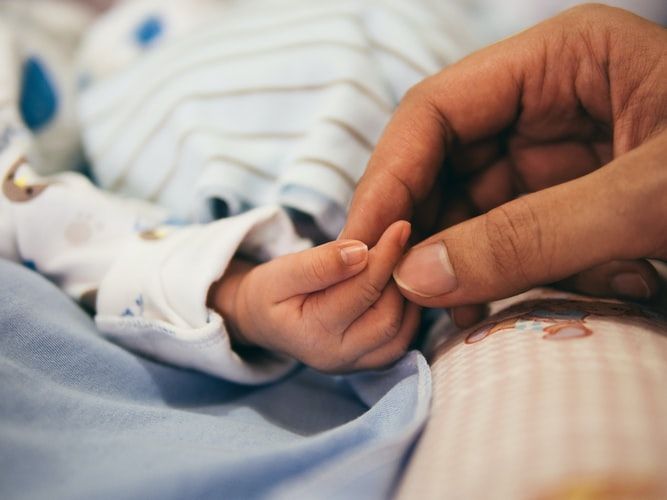
Every year, 450,000 babies are born prematurely in America, according to Very Well Family. Most babies born early will have a low birth weight and need to spend time in neonatal intensive care.
But a new study has found that these factors increase the risk of a child being diagnosed with reactive attachment disorder (RAD). So what exactly is this condition, and what can a pregnant woman do to stay healthy and prevent it?
Understanding RAD
Researchers at the University of Turku found that infants born before 32 weeks gestation were three times more likely to have RAD than those born later on. Babies were twice as likely to receive a RAD diagnosis when they born weighing less than 2.5 kg or when they spent time in neonatal intensive care.
RAD affects children in a number of ways, but the most common issues faced include emotional problems and difficulties in social situations.
There is also a link between RAD and child protection issues in later childhood, which can result in particularly stressful experiences for both the child and its parents.
The causes
As a RAD diagnosis is more likely to occur following premature birth, women should do all they can to prevent their baby from being born before 37 weeks gestation.
When a woman is underweight or overweight before pregnancy, she is more likely to deliver preterm. Falling pregnant too soon after having a baby also increases your chances of early labor.
Experts suggest that it’s best to wait at least 18 months before getting pregnant after a previous birth, as this makes it more likely that you’ll carry to term.
Pregnancy complications
Even women who were a healthy pre-pregnancy weight and waited the recommended time between pregnancies can go on to deliver a preterm baby that may subsequentially develop RAD. In many cases, this happens due to a pregnancy complication arising, such as gestational diabetes, preeclampsia, or intrahepatic cholestasis of pregnancy (ICP).
Preeclampsia is the most common pregnancy complication and affects one in 20 pregnant women. The condition is usually picked up during routine antenatal checks, so it’s important that these appointments are attended.
If the condition is missed by a physician or not properly monitored, this can become a legal issue, as it puts the baby and mother at risk of multiple types of birth trauma.
The baby may experience brain damage or cerebral palsy due to it not receiving enough nutrients and oxygen from the placenta, while the mother may go onto develop eclampsia.
Preventative action
Sometimes, even when every precaution is taken, babies still arrive early. Thankfully, this doesn’t mean that they’ll necessarily go onto develop RAD, but as the risk is greater, parents should do all they can to prevent it.
Cleveland Clinic recommends that parents should promote family relationships, provide support during difficult developmental periods, and offer a secure and loving environment to the child to prevent the development of the disorder.
Preterm labor is a common pregnancy complication that can lead to the onset of RAD in children. But the good news is that there is plenty of preventative action parents can take to prevent premature birth and to minimize the chance of RAD occurring.
Also Read- Are Green Powders Worth Your Money?